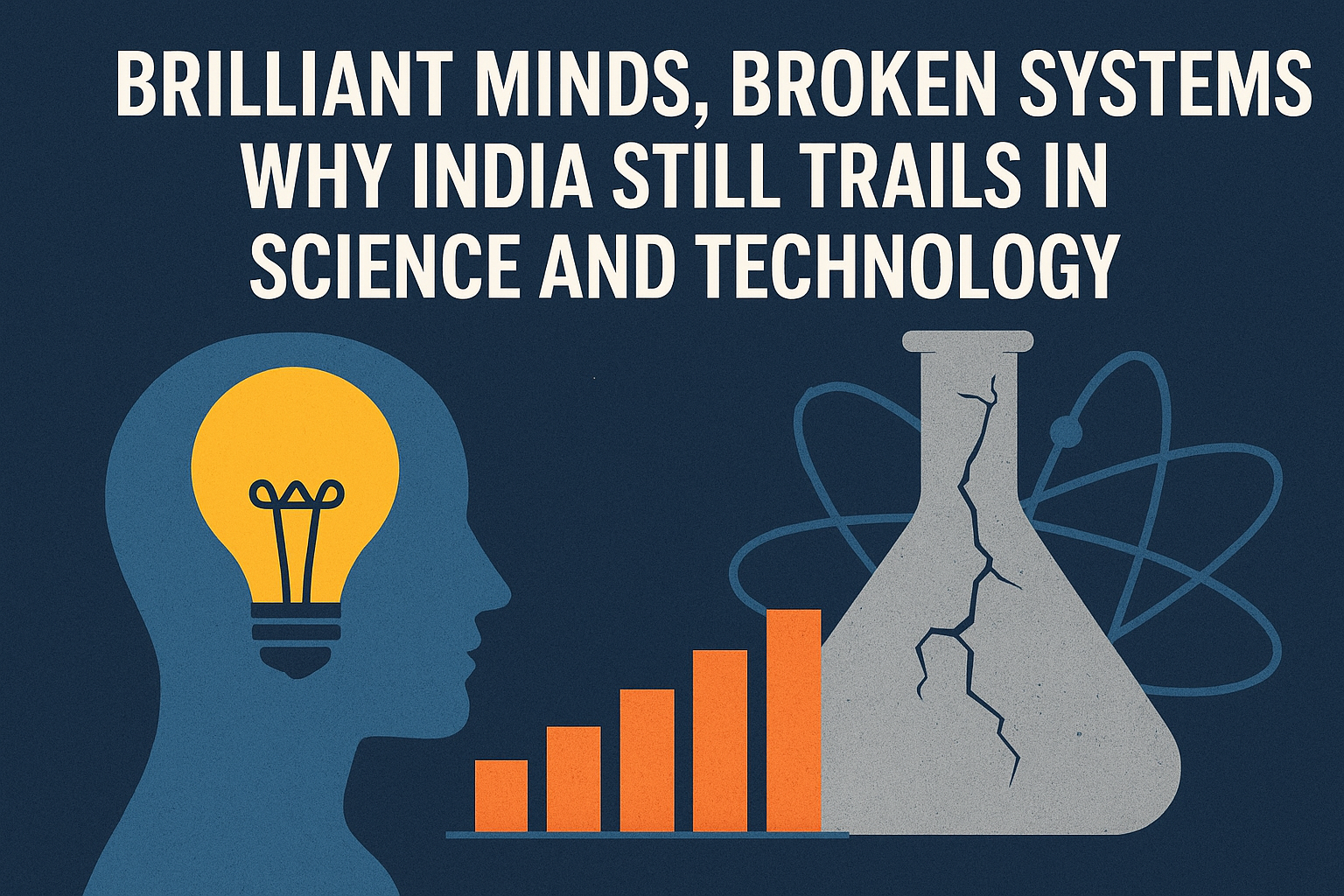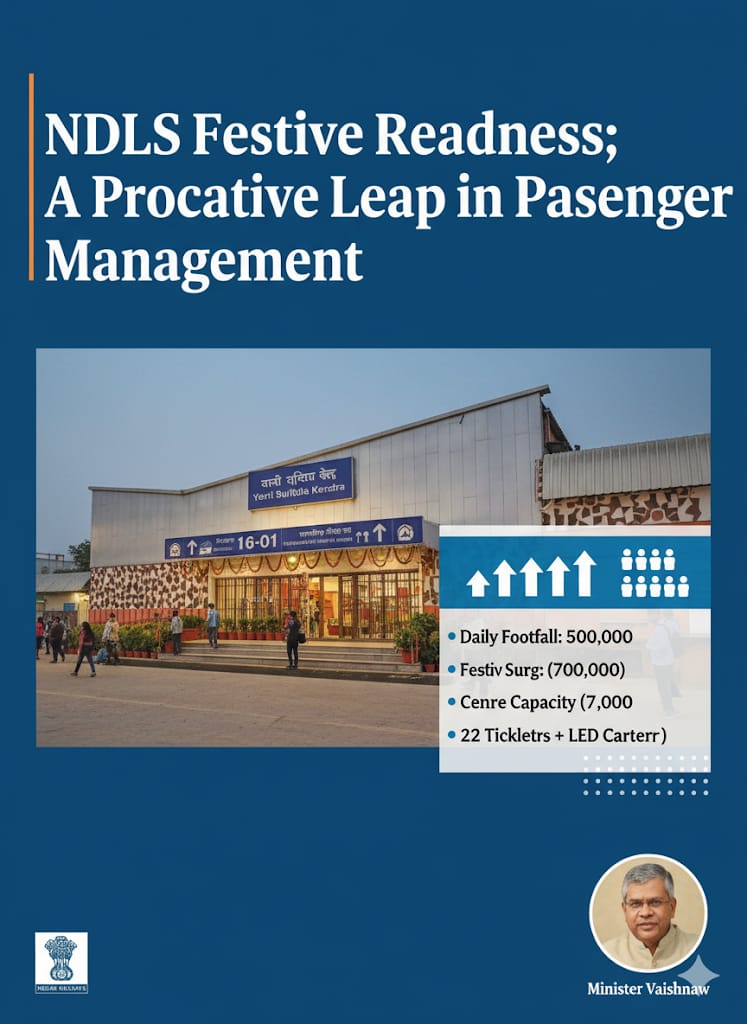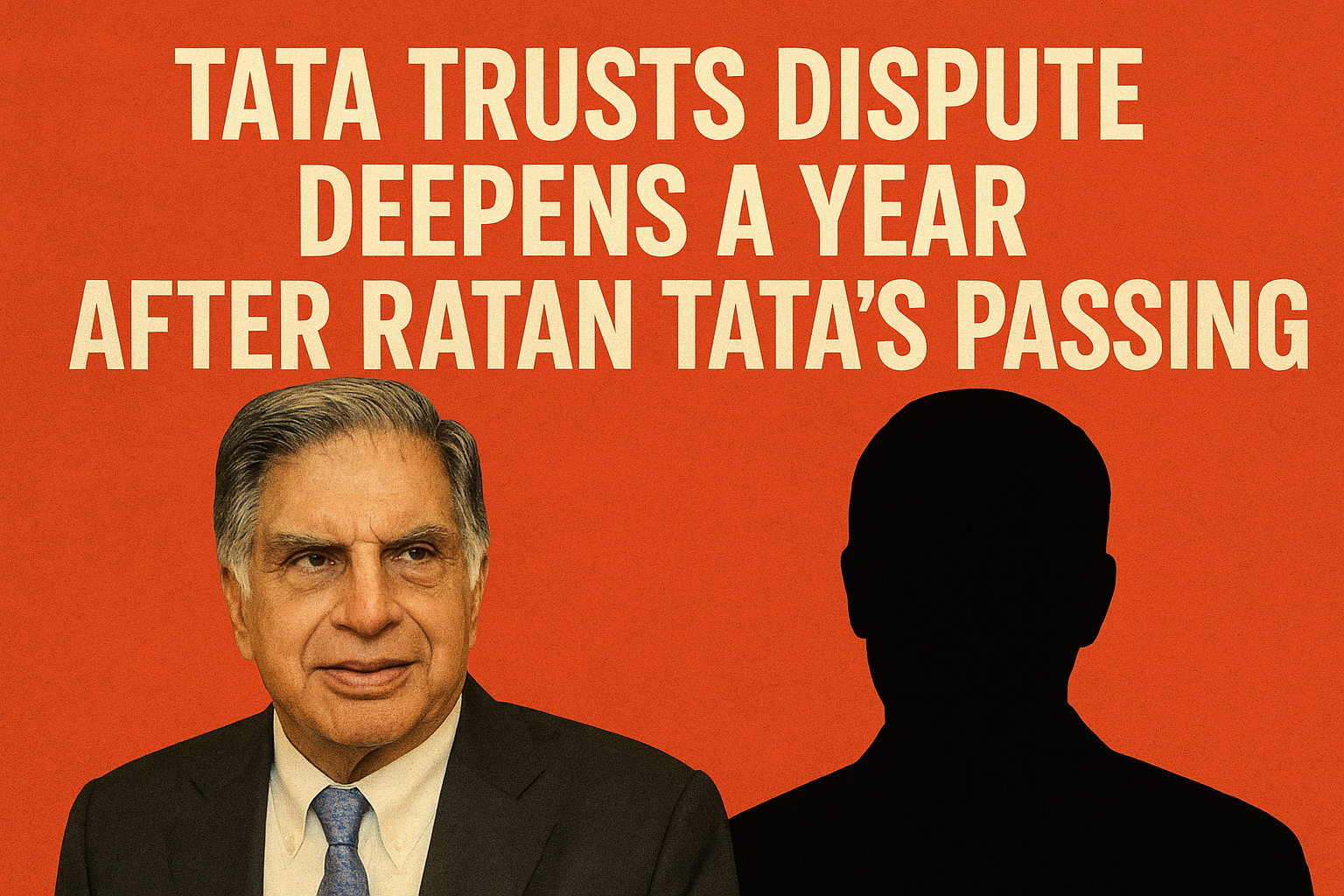
A Shocking Market Jolt
The Indian stock market witnessed a significant shakeup on March 12, 2025 as shares of IndusInd Bank nosedived by 27.2%, wiping out over ₹19,000 crore in market capitalization. The sudden crash came after the bank disclosed discrepancies in its derivatives portfolio, leading to panic selling among investors and raising concerns about risk management practices in Indian banking.
What started as a mere technical lapse in derivatives exposure quickly snowballed into a full-blown crisis of confidence. While the bank tried to assure stakeholders, market participants reacted sharply, triggering a heavy sell-off. This raises an essential question—how did a single disclosure lead to such a massive market rout?
Understanding the Derivatives Lapse
Derivatives are complex financial instruments often used by banks to hedge risks associated with foreign currency deposits or borrowings. In this case, IndusInd Bank reported discrepancies in its derivatives exposure, creating uncertainty about the accuracy of its risk assessment mechanisms.
The problem surfaced at a critical juncture—just a day after CEO Sumant Kathpalia was granted only a one-year extension instead of the expected three-year tenure. Market analysts viewed this as an indication of governance issues within the bank.
Adding fuel to the fire, reports emerged that the bank’s Chief Financial Officer (CFO) had resigned just before the disclosure, a move that further spooked investors. Analysts at Nuvama noted that this timeline of events was deeply concerning, making investors question the bank’s credibility and leadership stability.
Market Reaction and Investor Panic
IndusInd Bank’s stock tumbled from its recent highs, marking one of its worst single-day losses in years. Here’s how the fallout unfolded:
Institutional Investors Sold Aggressively: Big financial firms and foreign institutional investors (FIIs) started dumping the stock, fearing deeper financial troubles.
Retail Investors Got Caught in the Storm: Panic-selling spread to smaller investors, further accelerating the downward spiral.
Banking Sector Took a Hit: The negative sentiment spread to other banking stocks, with investors fearing similar issues could emerge elsewhere.
Kotak Institutional Equities analysts stated, “Trust is a crucial part of any investment thesis. It may take some time to rebuild this trust and make IndusInd Bank investable again.”
This reaction highlights the fragility of investor confidence—especially when financial irregularities surface in a bank that handles billions in public and corporate deposits.
Hinduja Group’s Response & Damage Control
In an attempt to contain the crisis, the Hinduja Group, which promotes IndusInd Bank, appointed an external agency to investigate the derivatives exposure issue. The group also assured that they were working closely with the Reserve Bank of India (RBI) to address concerns and restore investor confidence.
Ashok Hinduja, chairman of IndusInd International Holdings, said, “We are committed to ensuring transparency. Let me provide some confidence as I have told the market and investors that the stock will be back.”
However, despite these assurances, market participants remain wary. Investors are now waiting to see how the bank rectifies its derivatives exposure and strengthens its risk management systems.
Bargain Hunters and Future Outlook
While the stock crash created panic, it also attracted value investors who saw an opportunity to buy the dip. Historically, banking stocks with strong fundamentals have recovered from similar crises, provided they take corrective measures swiftly.
Bloomberg data showed that 16.7% of the bank’s shares were traded on the day of the crash—far higher than its average daily volume. This suggests that while some investors exited in panic, others were willing to bet on a recovery. Going forward, IndusInd Bank must focus on three critical areas:
1. Full Disclosure – Investors need clarity on the exact nature of the derivatives lapse.
2. Strengthened Risk Management – The bank must improve internal controls to prevent such mishaps.
3. Leadership Stability – With the CEO’s one-year tenure raising concerns, a long-term strategy for leadership succession is crucial.
Lessons for the Banking Industry
IndusInd Bank’s turmoil is a wake-up call for Indian banks and financial regulators. It underscores the importance of transparency in financial disclosures, robust risk management, and clear leadership succession planning.
The RBI and market watchdogs may take a closer look at derivative transactions in other banks to prevent similar market shocks. Investors, meanwhile, should exercise caution and focus on banks with proven governance standards.
Final Thoughts
While IndusInd Bank remains a significant player in India’s private banking sector, its latest setback shows how a lapse in financial oversight can trigger massive losses in the stock market. Investors will be watching closely to see whether the bank can rebuild trust or if more skeletons are waiting to tumble out of the closet.
For now, the banking sector holds its breath, hoping this storm passes without further damage.




.jpeg)


.jpeg)




.jpeg)








